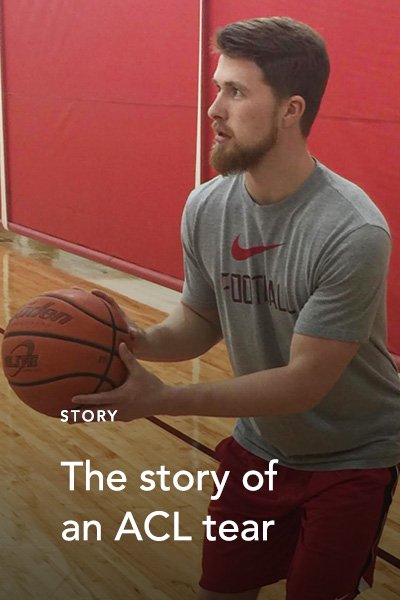Subacromial Decompression in the Shoulder
Indications
- Impingement symptoms refractory to at least 3 months of nonoperative management
- In conjunction with arthroscopic treatment of a rotator cuff tear
- Relative indication: type II or III acromion with clinical findings of impingement
Examination/Imaging
Physical Examination
- Assess the patient for
- Complete shoulder examination with range of motion and strength
- Tenderness with palpation over anterolateral acromion and supraspinatus
- Classic Neer sign with anterolateral shoulder pain on forward elevation above 90° when the greater tuberosity impacts the anterior acromion (and made worse with internal rotation)
- Positive Hawkins sign: pain with internal rotation, forward elevation to 90°, and adduction, which causes impingement against the coracoacromial ligament
- The impingement test is positive if the patient experiences pain relief with a subacromial injection of lidocaine.
- Be certain to evaluate for acromioclavicular (AC) joint pathology, and keep in mind that there are several causes of shoulder pain that can mimic impingement syndrome.
Imaging
- Standard radiographs should be ordered, including anteroposterior (AP), lateral, and scapular Y views.
- Additional imaging that can aid in the evaluation of impingement syndrome includes supraspinatus outlet and AC joint views.
- Evaluation
- AP view—glenohumeral anatomy and position of the humeral head
- Scapular Y view—acromial morphology (see curved acromion in Figure 1)
- Axillary view—os acromiale and anterior acromion
- Supraspinatus outlet view—complete acromial morphology
- Acromioclavicular view—AC joint pathology; osteophytes and degeneration PITFALLS • There are numerous possible causes of shoulder pain that can mimic impingement symptoms. All potential causes should be thoroughly evaluated prior to undertaking operative treatment of isolated impingement syndrome. Controversies
- Subacromial decompression in the treatment of rotator cuff pathology has been continually debated. Prospective studies have suggested that there is no difference in outcomes with and without subacromial decompression.
- Subacromial decompression performed in association with a superior labrum anteriorposterior (SLAP) repair can potentially increase postoperative stiffness.
- MRI is used to evaluate the integrity of the rotator cuff as well as the biceps and labrum.
- Ultrasound can be considered as an alternative method to evaluate the rotator cuff.
Read Full Publication
Read more about shoulder surgery with Dr. Van Thiel, review the orthopedic conditions and treatments offered at the clinic, and schedule an appointment for an evaluation.




